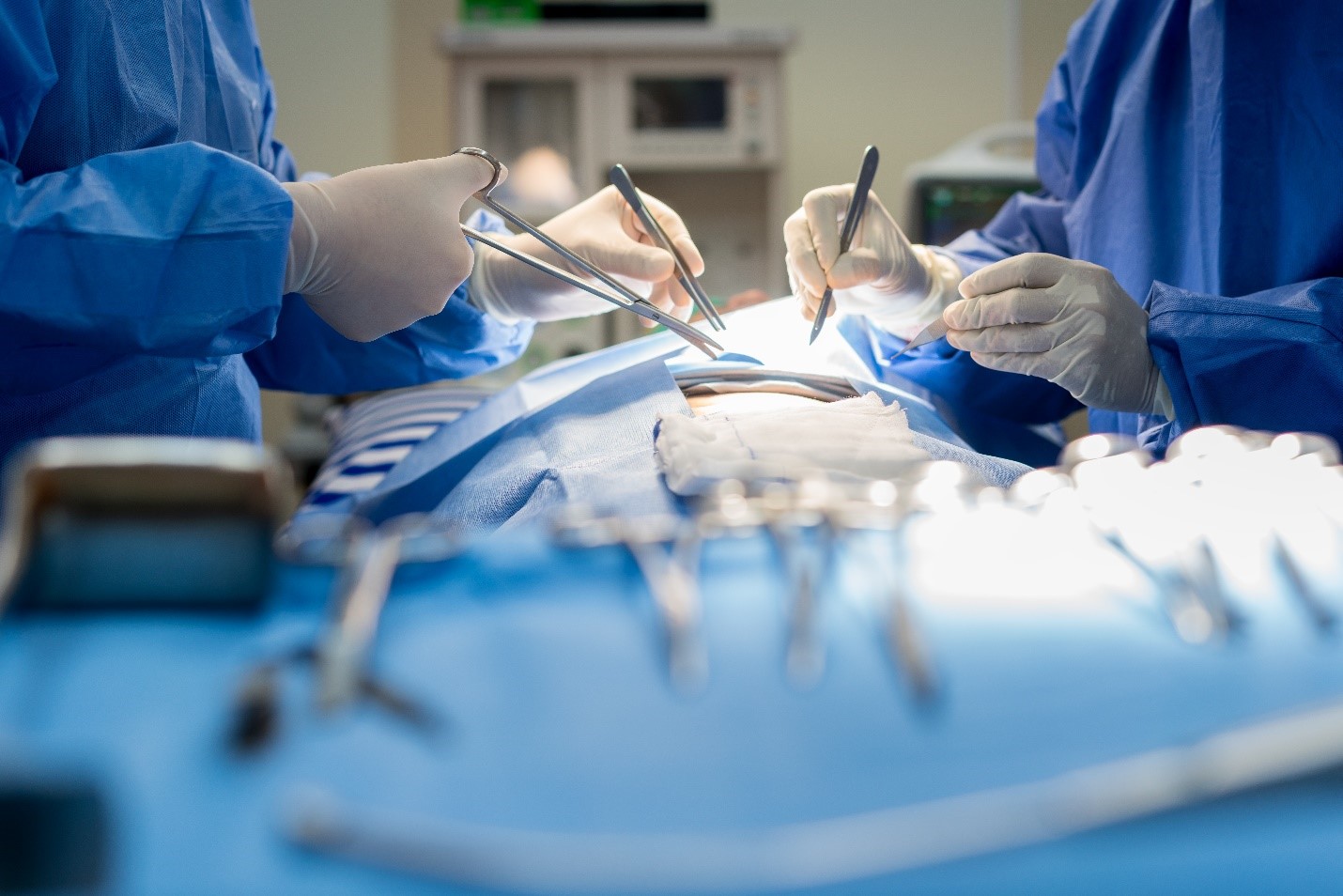In the weeks leading up to surgery, the most feared words after “anesthesia” and “hospital” are “physical therapy.” For many people, the anticipation of any pain that goes along with physical therapy is enough to keep them from stepping foot into a PT’s office after surgery. Choosing the right physical therapist can actually help you manage your pain and discomfort following surgery more successfully and provide you with higher likelihood of achieving your goals and returning to what moves you.
Physical Therapy Aids Healing & Pain
Movement is medicine! Physical therapy is vital to the healing process to assist in breaking the pain cycle following the surgical procedure. After surgery, your body’s neurological system is on high alert sending out strong pain signals related to the recent “trauma” that has occurred on the area of the body. It is important to have a physical therapist who has a strong understanding on how to control the pain cycle following the procedure. A physical therapist can also address problems with an incision or wound long before they are severe enough to bother you.
Breaking Up Scar Tissue is Painful
Those who are just too stubborn to step foot in a physical therapist‘s office immediately after surgery will find that over time they lose their flexibility, range of motion and strength in the surgically repaired part of their body. Should they mend the error of their ways, they will likely find scar tissue build-up is preventing them from fully recovering. In order to begin working on that part of the body, the physical therapist must first work on breaking up the scar tissue to allow the joint or limb to begin moving the way it should. This process is not only grueling, it is often as painful as having the surgery itself. Fortunately, those who seek physical therapy as soon as they are permitted by their surgeon tend to experience less scar tissue and minimal pain as a result. If your surgeon did not refer you to physical therapy, you can request to be sent to physical therapy to be proactive and achieve your best outcomes. Physical therapy is beneficial following almost every surgery, ankle/foot surgeries, hip replacements and even abdominal surgeries, such as hernia repairs.
Full Recovery Matters
Most people understand that physical therapy can strengthen the area of the body that has been surgically repaired. What many people don’t realize is that physical therapy is also vital to prevent downstream affects from the surgery in later years. For instance, if you have a total knee replacement, you have spent several years off-loading the painful leg. Learning how to walk “normal” again can be one of the more difficult tasks to overcome. It is also wise to address the strength losses throughout the entire body to prevent further issues from coming up later on. Remember, physical therapy is not only about recovery, it is about setting you up for physical activity long after you have been released from care. Julie Wingen, PT states, “We see many patients 2-5 years after a major orthopedic surgery with downstream injuries, such as back and hip pain following a total knee replacement or knee pain following an foot surgery. Ensuring that you are addressing all compensatory movement patterns that were previously used to accommodate for the pain and regain full strength is important for a full recovery, prevention and future wellness.”
If you need help with your recovery or are wondering if physical therapy would be appropriate, contact Pain & Movement Solutions at 605-723-0185 to find out how we can help you return fully to what moves you!

